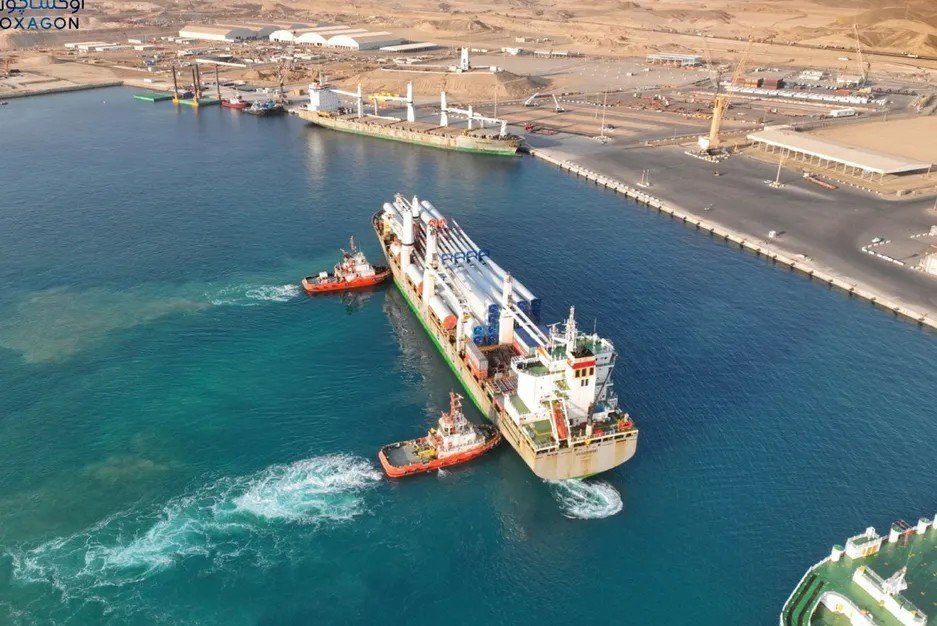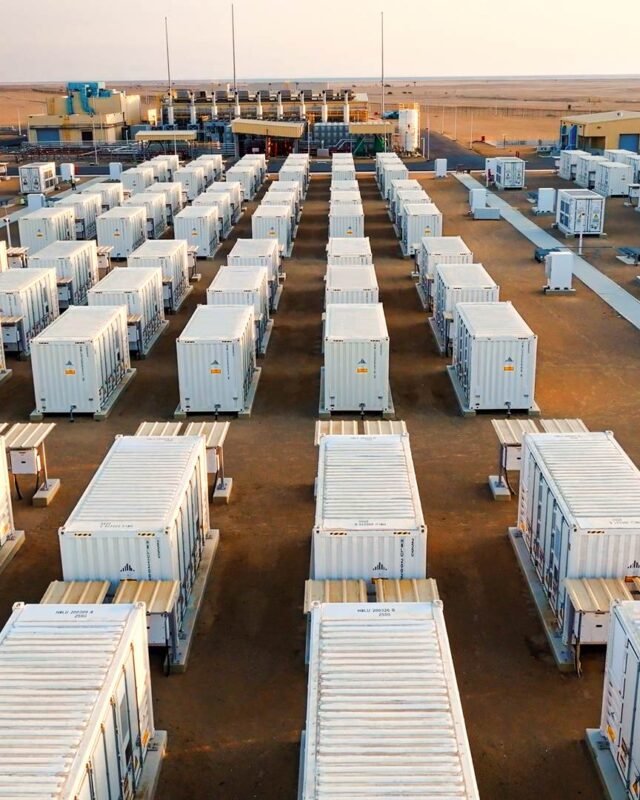Saudi Arabia’s Green Hydrogen Ambitions: The Road to Net-Zero by 2060
Saudi Arabia is making significant strides in its quest to become a global leader in green hydrogen production, aligning with its Vision 2030 objectives and the broader goal of achieving net-zero emissions by 2060. At the forefront of this movement is the NEOM Green Hydrogen Company (NGHC), which has embarked on an ambitious project to construct the world’s largest green hydrogen plant. With full operations slated for 2026, this pioneering initiative promises to reshape the global Hydrogen Economy Development landscape.
Progress and Milestones
As of 2024, the NGHC has achieved an impressive 60% completion across key infrastructure elements, including a state-of-the-art hydrogen production plant, a wind farm, a solar energy facility, and an integrated transmission grid. These advancements position the project well on its path to producing up to 600 tonnes of green hydrogen daily. Among the critical milestones recently accomplished is the preparation of “Electrolyser 1,” a pivotal component expected to commence operations in 2025.
The integration of cutting-edge technologies and innovative design is set to revolutionize green hydrogen production. The facility’s ability to generate clean hydrogen for applications such as powering buses, heavy trucks, and industrial processes underscores its potential to significantly decarbonize traditionally high-emission sectors.

Economic and Environmental Impact
The NEOM project is not only a technological marvel but also a vital contributor to global decarbonization efforts. Upon reaching full operational capacity, the facility is projected to reduce global carbon dioxide emissions by up to 5 million tonnes annually. This remarkable achievement will play a crucial role in supporting international climate targets and fostering a sustainable future.
Moreover, the project’s economic implications are equally noteworthy. By leveraging abundant renewable resources and fostering technological innovation, Saudi Arabia is poised to become a major exporter of green hydrogen. This positions the country as a key player in the Hydrogen Economy Development, potentially reshaping global energy markets and reducing reliance on fossil fuels.
Also Read: New Survey Launched: Saudi Arabia’s Milestone Toward Sustainable Energy
Workforce and Partnerships
To support its ambitious goals, NGHC has prioritized workforce development, exemplified by a recent recruitment drive that attracted over 9,000 applicants. This influx of talent underscores the growing interest in sustainable energy careers and reflects the company’s commitment to nurturing a skilled workforce for the green energy sector.
Additionally, NGHC has forged strategic partnerships with educational institutions to cultivate a pipeline of professionals equipped to drive the Hydrogen Economy Development forward. These collaborations ensure that the workforce is well-prepared to meet the demands of this rapidly evolving industry.
Global Leadership and Future Prospects
As the NEOM Green Hydrogen Project progresses, its impact extends far beyond Saudi Arabia’s borders. By setting a benchmark for large-scale green hydrogen production, the project serves as a blueprint for other nations seeking to advance their renewable energy ambitions. Global organizations, such as the Hydrogen Council, have highlighted the importance of rapidly scaling green hydrogen projects to meet international climate goals, and the NEOM initiative exemplifies this imperative.
In conclusion, Saudi Arabia’s commitment to green hydrogen production through the NEOM project symbolizes a bold vision for the future of energy. By pioneering the integration of green hydrogen into the global energy mix, the country is not only aligning with its Vision 2030 but also demonstrating leadership in the global transition toward cleaner, more sustainable energy systems. As the world looks to decarbonize and achieve net-zero emissions by 2060, Saudi Arabia’s Hydrogen Economy Development efforts stand as a testament to what is possible with innovation, collaboration, and determination.




